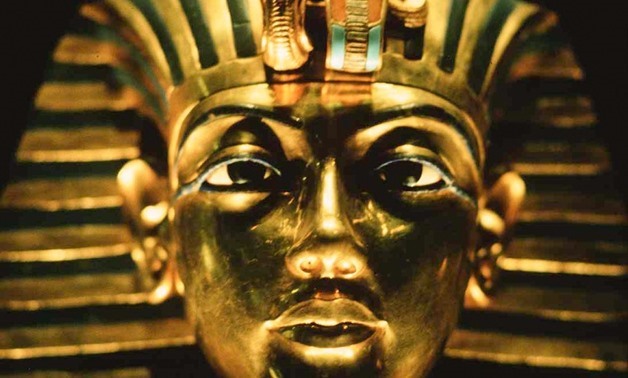
he Golden Mask of king Tutankhamen who was born in the 18th dynasty around 1341 B.C. and was the 12th pharaoh of that period. via Wikimedia Commons
CAIRO – 1 December 2017: The California Science Center will display more than 150 artifacts from King Tutankhamun’s tomb in 2018.
Artifacts from King Tutankhamun’s tomb will be shown at an exhibit beginning March 24, 2018. The exhibit’s date will coincide with the 100th anniversary of the discovery of King Tutankhamun’s tomb.
The most famous ancient Egyptian king’s tomb was discovered in 1922; more than 3,000 years after his death.
The collection exhibited at the California Science Center will be entitled "King Tut: Treasures of the Golden Pharaoh,” and it is the biggest collection of artifacts from King Tutankhamun’s tomb to be shown outside of Egypt.
The artifacts will be displayed for 10 months after which they will be transferred to Europe to be shown there in January 2019.
Around 60 artifacts are leaving Egypt for the first and last time before being permanently displayed at the Grand Egyptian Museum.
Tutankhamun was born in the 18th dynasty around 1341 B.C. and was the 12th pharaoh of that period. Tutankhamun did not accomplish much himself; placed on the throne when he was a small child, Egypt’s prosperous era was beginning to decline with the rise of Pharaoh Akhenaten and his new cult.
Akhenaten, believed to be related to King Tutankhamun, ordered the destruction and closure of temples dedicated to the god Amun, demanding that the people of Egypt worship the sun god Aten. He even ordered the relocation of Egypt’s capital away from the rich waters of the Nile, to construct a brand new city for himself out in the harsh desert. Suffice to say, Akhenaten was not popular.
November 4 is King Tutankhamun’s Day, named after the day his tomb was first discovered in 1922 at the Valley of Kings, leading to the monumental excavation of one of the world’s most famous historical figures.

Comments
Leave a Comment